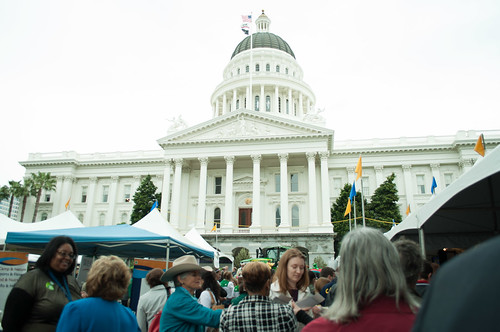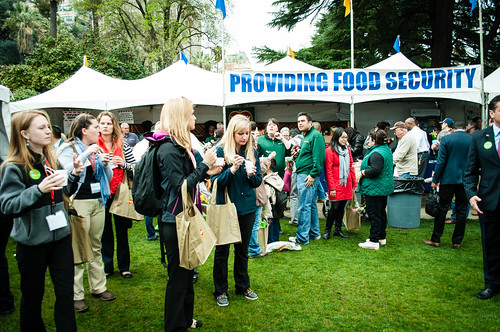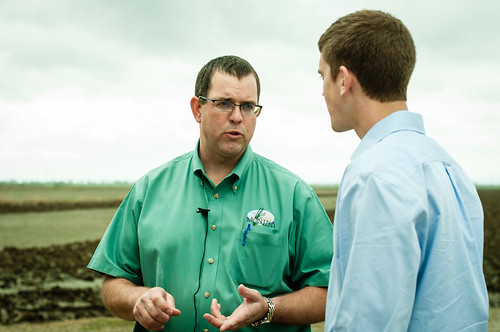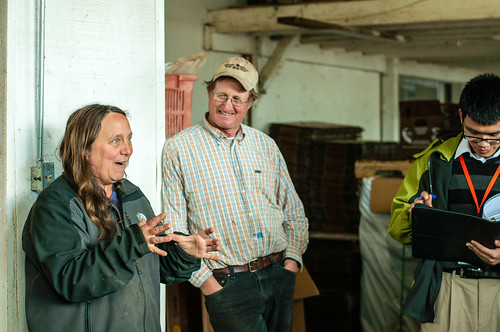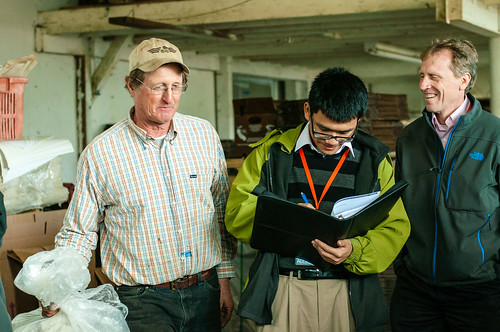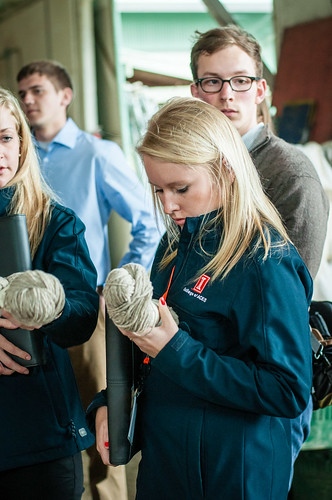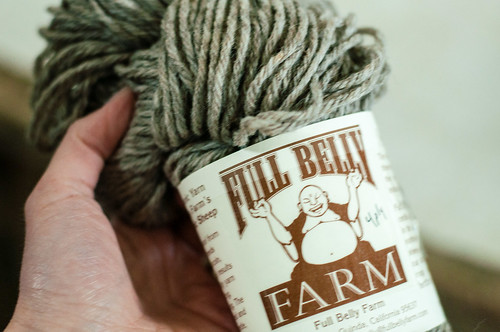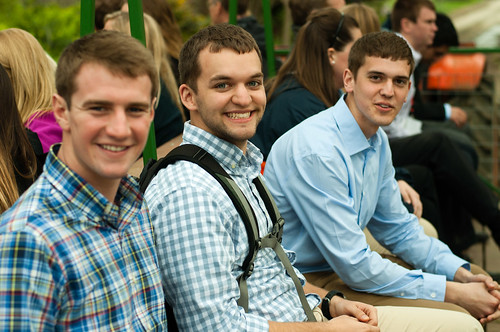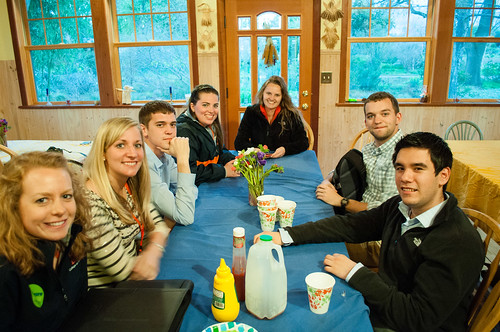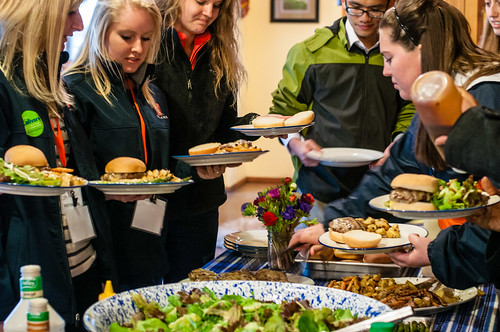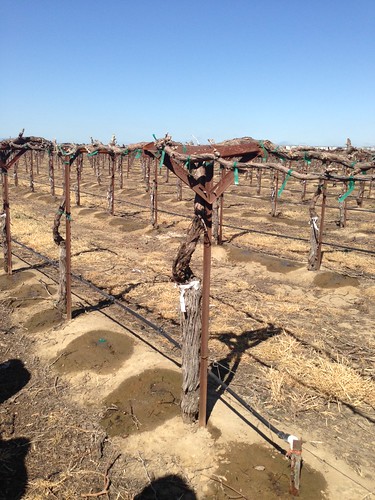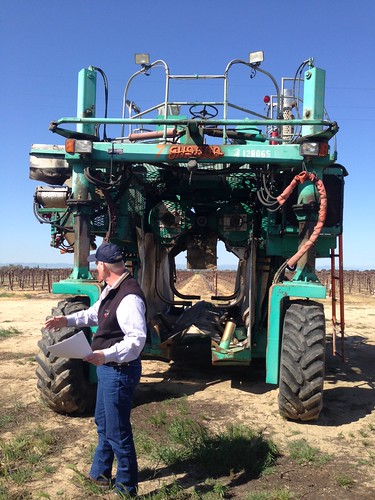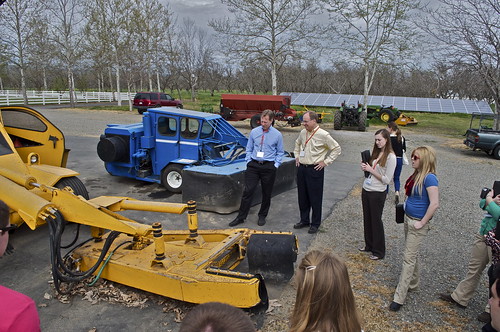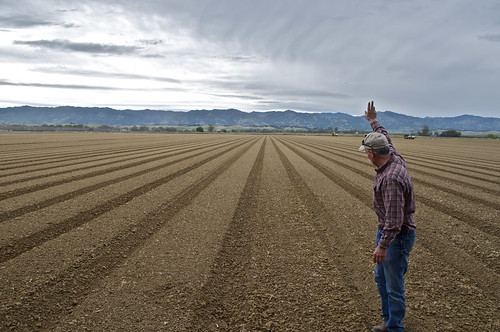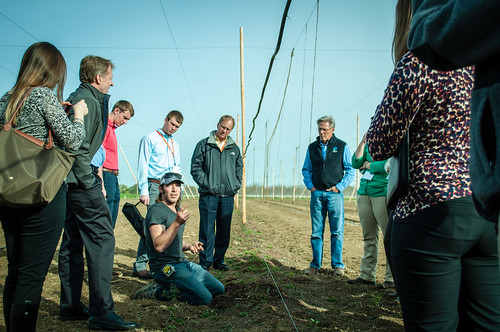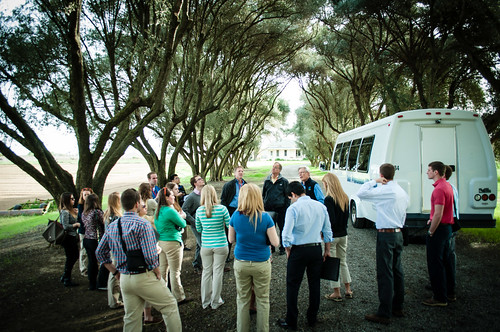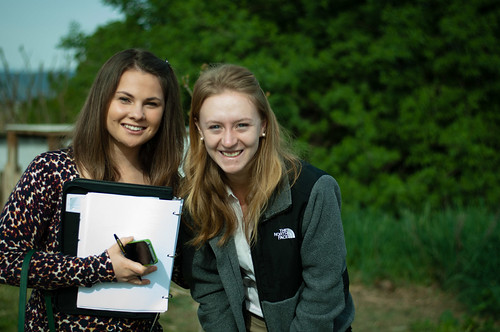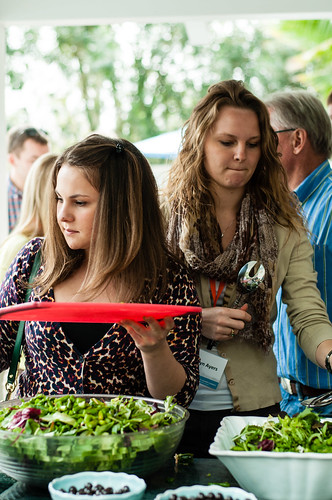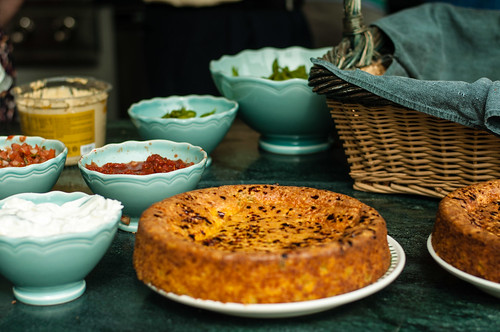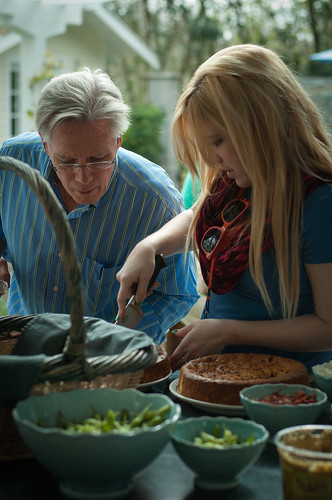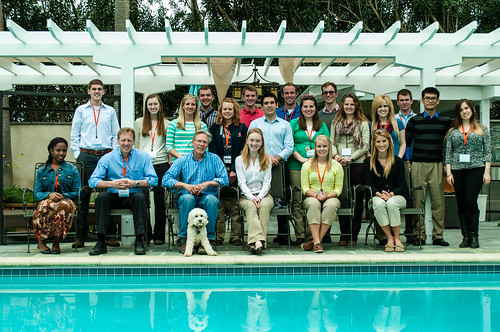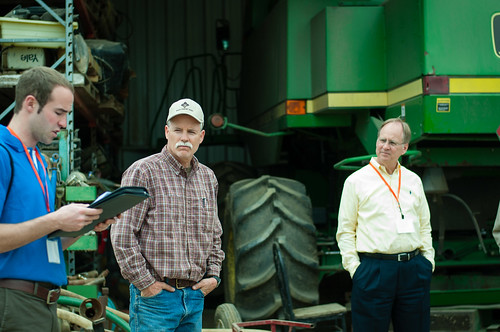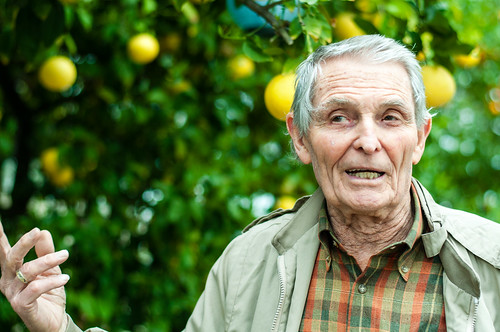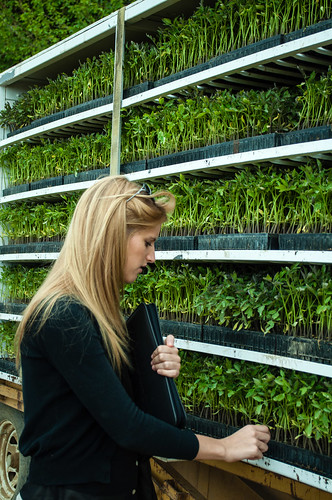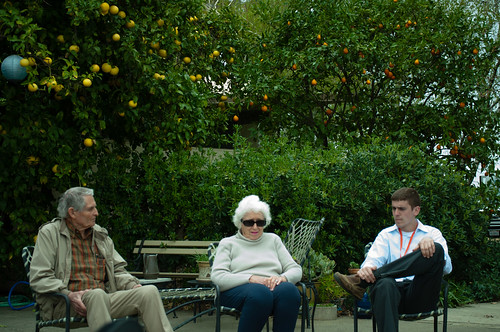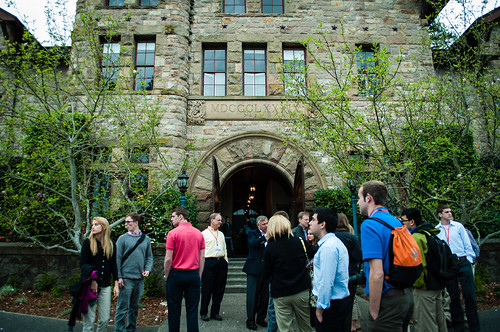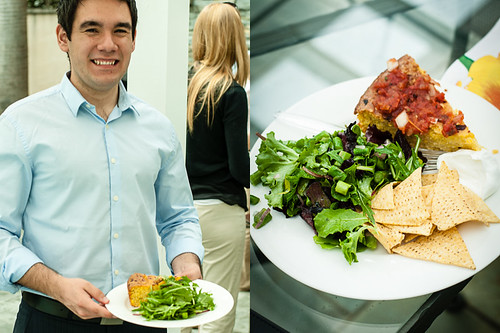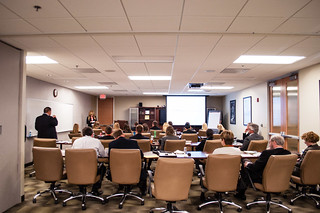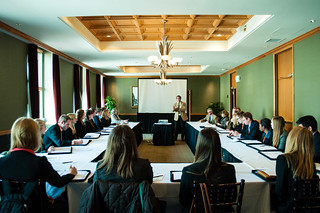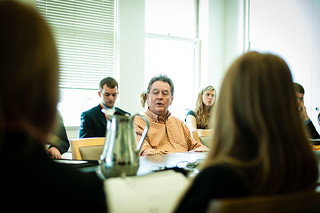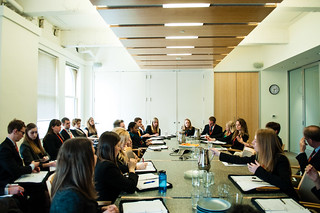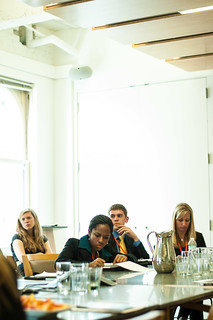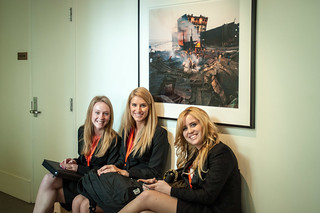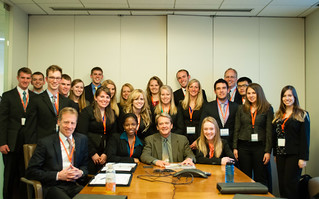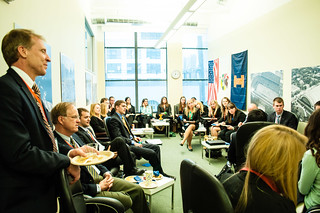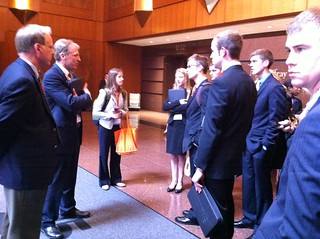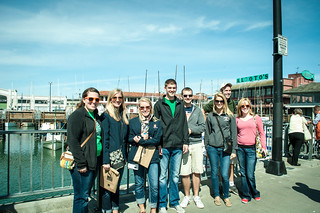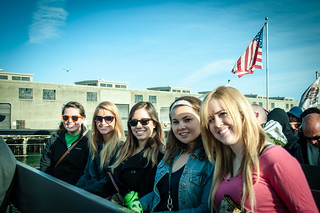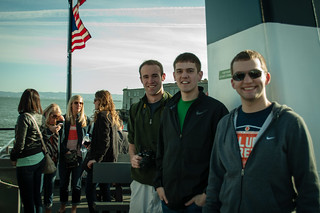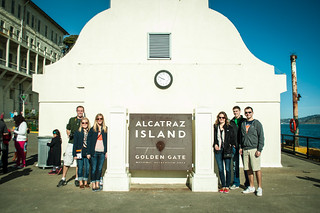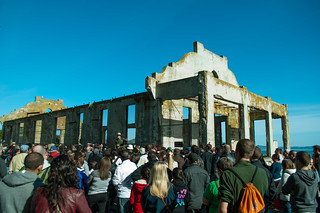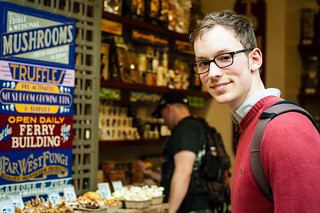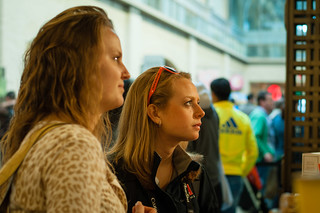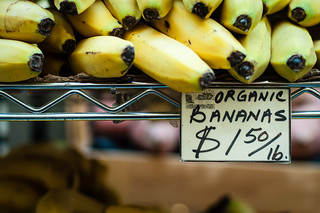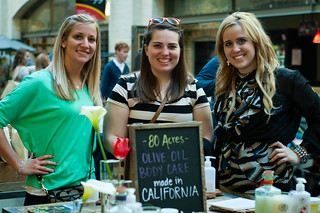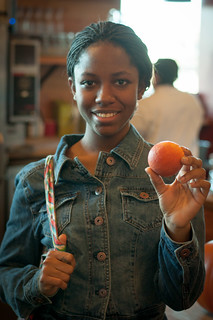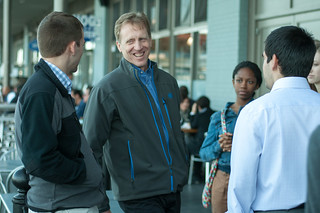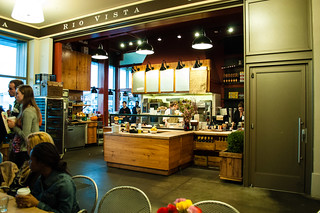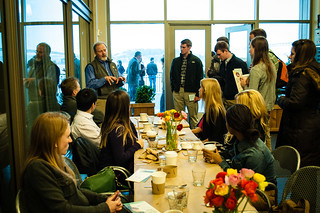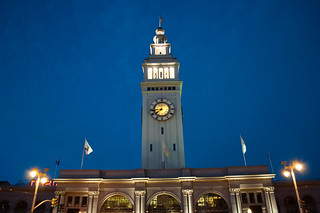By Patrick Boland, Preston Brown, Lucas Frye, & John Schuler
We began the day with an early start heading towards the state capital, Sacramento. Upon entering the city for California Ag Day we made our first stop at the CDFA (California Department of Food and Agriculture) building to sit down with Secretary of Agriculture Karen Ross. Raised on a farm in Nebraska, she first followed her husband’s job to the west coast before becoming active as a lobbyist for agriculture and even winegrape growers. We talked through and asked questions about issues around milk pricing, water management, and GMO labeling. One underlying message she relayed was the need for better communication between everyone – consumers, farmers, and legislators to solve the complex problems of today. Throughout our hour with her, everyone left the room impressed with her high energy level and passion for agriculture, two qualities necessary to face the several challenging problems facing the industry.
Following our meeting with the secretary we swung through the Ag Day Rally on the steps of the Capital building. Commodity and food groups were lined up around a little square handing out free samples of California-grown produce and foods. Secretary Ross, House majority leaders, and the President of California Farm Bureau Federation gave brief positive remarks about the importance of California agriculture. We also saw a trained border patrol dog tackle through bags containing foreign fruits, and an attempt to set a record by feeding hundreds of Sacramento school-aged children from the “world’s largest school lunch tray.”
From there we moved on towards Montna Rice Farms in Dingville. We had the opportunity to sit in their conference room and learn about modern rice production and some of the factors they have to think about on a regular basis. Specifically of close concern to them was proper water management practices and endangered species. Rice production revolves around flooding their fields, and with this comes practices of planting seed through airplanes, spraying with tractors equipped with thin steel-wheeled tractors, and leveling off the fields with a laser-guided land grader. While they do use a lot of water through their production practices, they do feel as though they are providing an important habitat for several native and sometimes endangered birds. Although we were unable to see the actual rice fields because of the time of year, it was a very educational stop.
We then jumped back on the bus and headed towards the hills of Yolo County to visit Full Belly Farms, a diversified organic farm. At our visit, we were shown around several of the over 100 different organic products that they produce on their 400 acres throughout a growing year. Horseradish, asparagus, and lettuce filled the current ‘weekly’ CSA (community supported agriculture) boxes that they ship each week to nearly 1200 customers in northern and central California. They also sell products to restaurants and grocery stores. Other organic products we saw included flowers, yarn made from their own sheep wool, chickens, and tomatoes. Basically their only input cost is organic compost and labor (60 full-time workers). At Full Belly Farms, they try to coordinate their fields as an ecological system, where they try to have benefits from one production crop transfer over to another. Through their extensive compost system and use of solid cover crops, they feel as though they can produce solid yielding, healthy, and nutritious products. Aside from their production sales, they also put on numerous day camps throughout the summer for kids to learn about agriculture. This program was started by farmer Paul Muller’s daughter, Hallie, as she became interested in coming back to the farm for full time employment after college.
We finished the evening by being treated to a large meal of organic Full Belly foods at the beautiful family farmhouse. Hamburgers, asparagus, roasted herb potatoes and carrots encompassed the main meal and we topped it off with, of course, organic ice cream. Hallie looked around at the end of the night and asked Dr. Ellinger if she should give a last call on ice cream to the group before we departed, to which he replied, “Well I think we’ve all got a full belly!”
All in all, it was another enlightening day here in California. We are looking forward to another full day on Thursday touring California’s most distinguished agriculture: dairy and wine.
 (Rice Tractors): These steel wheels allow for tractors to move through the water-emerged rice fields when spraying for weeds.
(Rice Tractors): These steel wheels allow for tractors to move through the water-emerged rice fields when spraying for weeds.
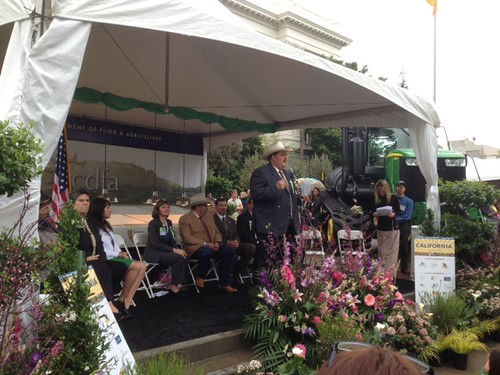 (Ag Day): President of the California Farm Bureau speaks to those at the Ag Rally on the steps of the Capital in Sacramento
(Ag Day): President of the California Farm Bureau speaks to those at the Ag Rally on the steps of the Capital in Sacramento
